Five Reasons to Bring Our National Parks into the Classroom
Key Points
-
Educators can use these moments of dispute and uncertainty as an opportunity to have tough conversations and reflect on who we are, as individuals, as a society, and as a nation.
-
No matter what topic or class an educator teaches, it is very likely that those lessons can be grounded in real examples with our national parks.
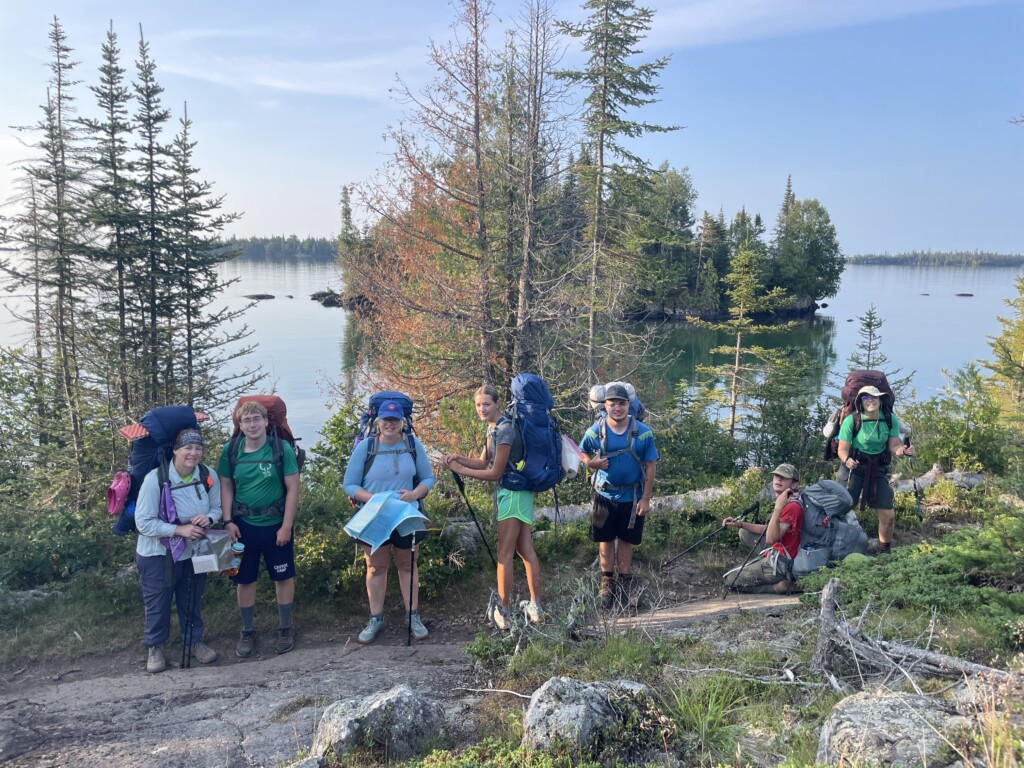
By: Seth Kannarr
When we consider taking a vacation, we often make plans to visit our national parks. Whether it is the nostalgia from family road trips growing up, or just a desire to escape our daily routine and reconnect with the outdoors, over 300 million Americans travel to the 429 units managed by the National Park Service across the United States every year.
Instead of reserving these cherished protected areas for just our travel plans with friends and family, educators have the opportunity to take these natural and historic wonders and bring them directly to the students in their classrooms. As an instructor at the University of Tennessee over the past year, I have used our national parks as an application of the lessons I teach. Below are five reasons why I believe this works well.
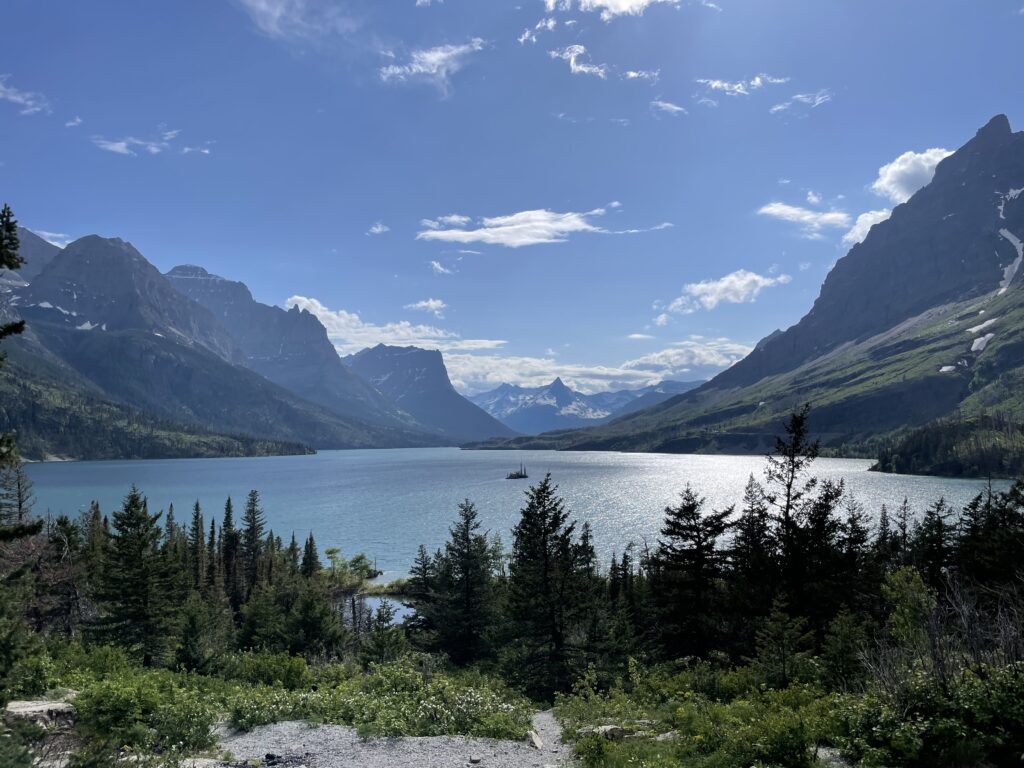
National Parks Increase Student Engagement
Whether it is the wildlife, beautiful scenery, culture and history, camping, hiking, or spending time with others, it is easy for students to find something to love about our national parks. Parks are fun and relatable, so if educators can channel that potential energy via student learning, then students will demonstrate their excitement and engagement. One study shows that allowing students to express themselves and make choices based on their interests increases their engagement.
In one assignment, I have had students use Google Earth to create a guided tour of a national park of their choice. They also play the role of park ranger as they write out descriptions for the five most important stops they make on their tours. The students have enjoyed that assignment and the others, writing in their course evaluation that “the activities we did were super fun and informative”.
I have even met an elementary school teacher who uses ‘Leave No Trace Principles’, which include reminders for people recreating outdoors such as ‘Respect Wildlife’ and ‘Leave What You Find’, as inspiration to set the rules of the classroom. It is a very creative way to make something considered boring to listen to more relatable and fun for students.
National Parks Offer Lessons for Almost Any Subject
No matter what topic or class an educator teaches, it is very likely that those lessons can be grounded in real examples with our national parks. If someone teaches fifth-grade science, those students can learn about ecosystems and invasive species. If someone teaches high school English, maybe they can host a discussion on the writings of John Muir that helped inspire the establishment of national parks. If a professor teaches a university anthropology course, students can learn about the violent removal of Indigenous people from their homelands that would become future national parks.
Whether a teacher is trying to teach essential science concepts or lead difficult conversations on today’s pressing social issues, our parks provide case studies to get it done. Educators can also use national parks to reinforce new content standards, such as the Next Generation Science Standards. Our parks have connections to so many aspects of history, culture, and science, there is no shortage of educational opportunities with them. The National Park Service also hosts an online portal for educators to share and use resources, all freely available to the general public as well.
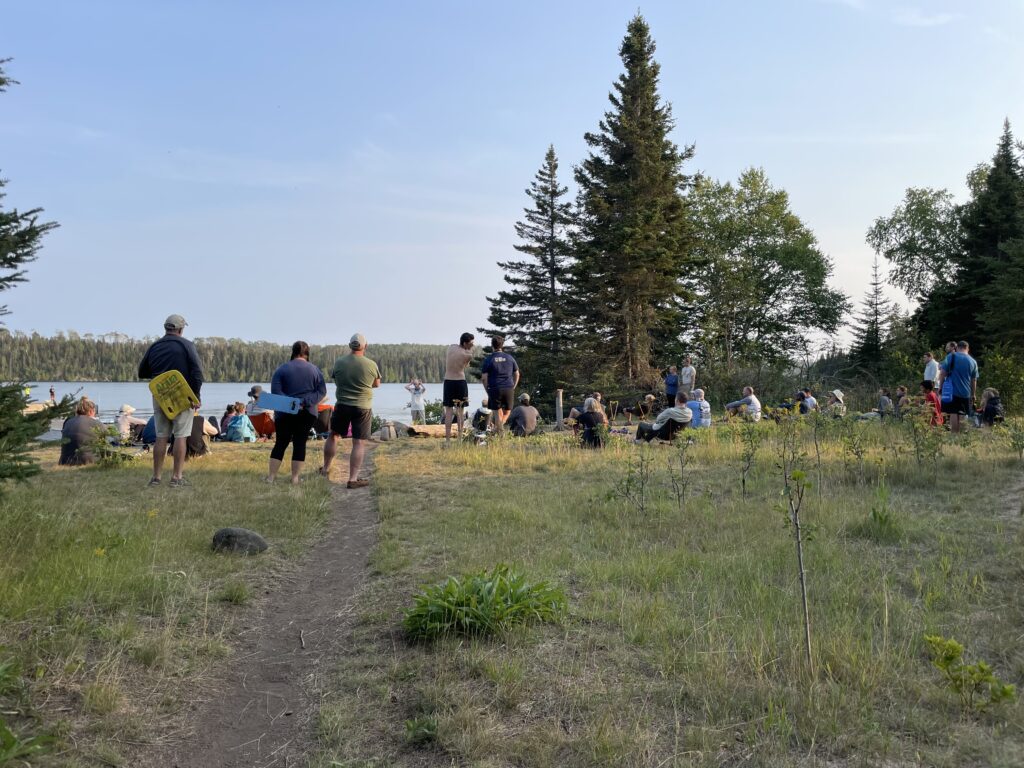
National Parks are Great Places for Field Trips and Experiential Learning
What better way to teach students about our national parks than to show them directly with their boots on the ground? I’ve watched the faces of first graders light up in delight as they step off the bus to look into the woods at Great Smoky Mountains National Park. It can be a magical experience for people of all ages to have. Visitor centers at National Park Service sites also have lots of interpretive exhibits and ranger programs, some even with hands-on activities and guided tours provided. It is an amazing opportunity to teach a particular lesson in the classroom, and then take students to see that lesson in action in real time.
The National Park Service also hosts a special initiative for fourth graders to get a free family interagency access pass for a year, so families can build on what students learn in school with trips of their own. This matters because studies show that children and young adults benefit from spending time outdoors, as it can help sharpen their senses, increase appreciation for the outdoors, improve their mental health, and beyond.
Our National Parks Have Made Great Strides in Accessibility
Although there is so much more work to do still in regards to addressing the historic racial injustices of our parks, such as the previously segregated park amenities and continued lack of representation, they are more accessible and welcoming than ever before.
Following the COVID-19 global pandemic, all the online resources that employees and volunteers with the National Park Service developed to continue teaching students about their park from the safety of their homes are still freely available for anyone to use. A fourth-grade classroom in downtown Chicago can spend an hour virtually exploring Olympic National Park in Washington, or a high school environmental science class can use an Esri StoryMap to learn about brown bear management in Katmai National Park in southern Alaska.
Even for educators with the resources and ability to take students to visit our parks in person, an intentional increase in accessibility accommodations and more diverse representation of park employees help to make our parks more welcoming than ever. A majority of National Park Service sites are free to visit, and there is likely a place nearby, which you can find with the National Park Service’s Map Finder tool.

National Parks Provide Opportunities to Reflect About America
Novelist Wallace Stegner famously said “National parks are the best idea we ever had. Absolutely American, absolutely democratic, they reflect us at our best rather than our worst.” However, I would argue that our parks reflect us both at our best and at our worst. They serve as social laboratories, exemplifying what is happening and changing in our society as time marches on.
To this end, parks are also great venues to teach American history. Evidence of the Great Depression, the Civil Rights movement, and more can be found in the history and cultural landscape of our parks. Examples could include the historic buildings constructed by the Civilian Conservation Corps as part of President Roosevelt’s “New Deal”, or the Confederate monuments erected in the 1950s and 1960s within our protected areas nearly a century after the conclusion of the American Civil War.
Contemporary social movements in our national parks can also help to highlight previous racial injustices and offer solutions that make a difference to these disadvantaged communities. For example, the proposed renaming of Clingmans Dome to Kuwohi by the Eastern Band of Tribal Cherokee in the Great Smoky Mountains National Park will remove a Confederate name from the landscape and repatriate the sacred mountain to the original name given by the Cherokee people hundreds of years ago.
Educators can use these moments of dispute and uncertainty as an opportunity to have tough conversations and reflect on who we are, as individuals, as a society, and as a nation. Our students will grow for the better from it, and we owe it to them and the future of our nation.
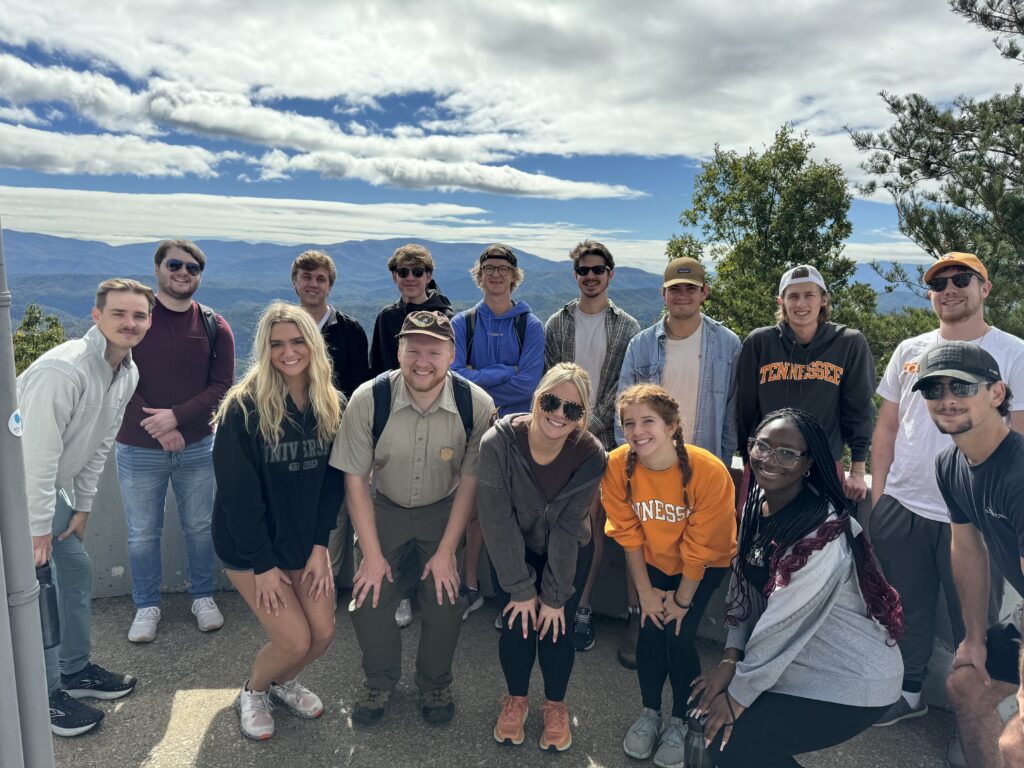
Seth Kannarr is a Geography PhD Student at the University of Tennessee.


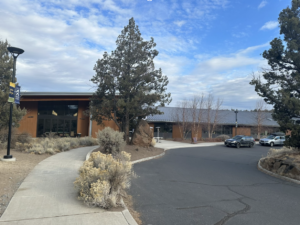

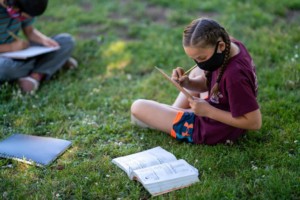
0 Comments
Leave a Comment
Your email address will not be published. All fields are required.